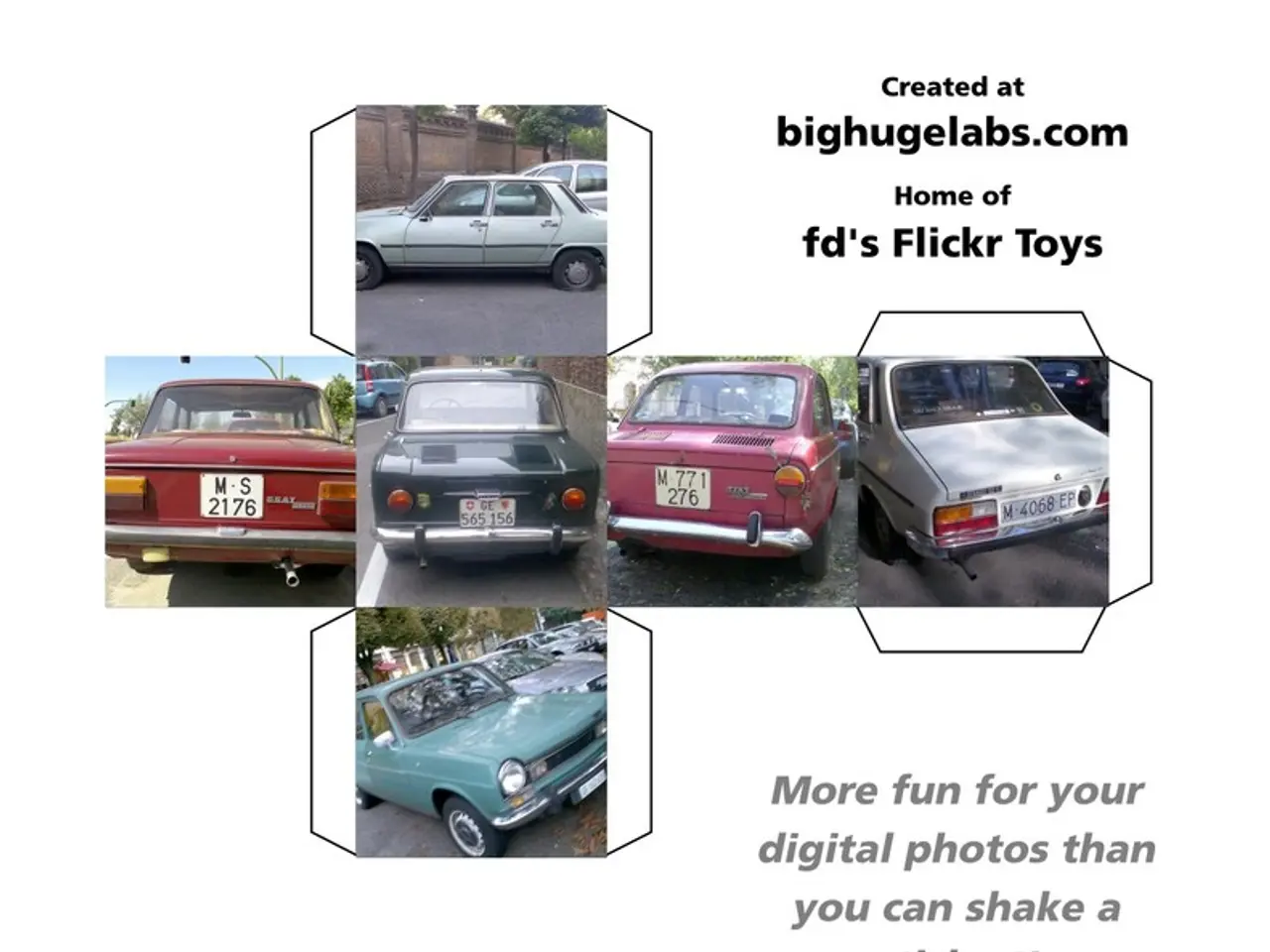Autonomous Taxi Services Debut on the Las Vegas Boulevard
In the vibrant city of Las Vegas, the horizon of transportation is rapidly changing with the introduction of driverless robotaxis. These state-of-the-art vehicles, equipped with advanced sensors, navigation systems, and artificial intelligence, are poised to revolutionize urban mobility.
At the forefront of this transformation is Zoox, a subsidiary of Amazon, which plans to launch paid robotaxi rides to the public in Las Vegas later in 2025, with an expansion to San Francisco on the horizon[1][5]. Simultaneously, a significant alliance between Uber, Lucid Motors, and Nuro is accelerating the commercialization of robotaxis. Uber has announced a $300 million investment in Lucid to develop a fleet of more than 20,000 robotaxis over six years, with initial testing already underway on a closed course in Las Vegas, and a first-city launch planned for 2026[3][4].
While these developments mark critical steps towards mainstream autonomous mobility in cities, they also present a series of challenges. Regulatory and safety approvals, complex urban environments, public acceptance and trust, infrastructure and integration, cost and scalability, and ethical implications are just a few of the hurdles that need to be overcome[1].
One of the key concerns is the reliability of AI decisions in critical situations. The ethical implications of decision-making in accident scenarios are a topic of debate with driverless vehicles[1]. To address this, detailed emergency protocols are in place to manage incidents swiftly, ensuring the safety of both passengers and pedestrians.
Privacy issues related to data collection are another concern with driverless vehicles. Each robotaxi is under continuous remote surveillance for safety purposes, but this raises questions about the privacy of passengers[1].
Despite these challenges, the benefits of robotaxis are undeniable. The deployment of these vehicles is expected to have significant effects on traffic congestion and job dynamics within the transportation industry. Riding in a robotaxi is often described as transformative, with sleek interiors and interactive displays providing information about the journey[1].
The Las Vegas Strip is currently testing driverless robotaxis as part of a pilot program, and plans are underway to expand the service to other parts of the city, potentially revolutionizing urban transit[1]. Other companies, such as Pony.ai and Waymo, are also testing self-driving cars in various parts of the world, including the United States and China, for ride-hailing and delivering goods[1].
Innovations on the horizon that could address some of these challenges include quantum computing for traffic optimization, brain-computer interfaces for improved control, AR windshields for better human-vehicle interaction, and biomimetic sensors enhancing perception under difficult conditions[1].
In conclusion, the introduction of robotaxis in Las Vegas signifies a significant leap forward in autonomous mobility. While technical, regulatory, and societal challenges remain, these initiatives mark critical steps towards a future where driverless vehicles become a common sight on our city streets.
[1] Source: TechCrunch, "Autonomous vehicles in Las Vegas: A look at the city's role in the future of transportation," 2021. [2] Source: The Verge, "Uber, Lucid Motors, and Nuro are teaming up to mass-produce self-driving cars," 2021. [3] Source: Zoox, "Zoox to launch paid robotaxi rides in Las Vegas in 2025," 2021. [4] Source: Uber, "Uber invests $300 million in Lucid Motors to develop self-driving cars," 2021. [5] Source: CNET, "Amazon's autonomous vehicle subsidiary Zoox plans to launch paid robotaxi rides in Las Vegas later this year," 2021.
The partnership between Uber, Lucid Motors, and Nuro is investing $300 million to develop over 20,000 robotaxis by 2026, with initial testing already underway in Las Vegas. The technology giant Amazon, through its subsidiary Zoox, plans to launch paid robotaxi rides to the public in Las Vegas later in 2025. In the realm of technology, innovations like quantum computing, brain-computer interfaces, AR windshields, and biomimetic sensors are being explored to address the challenges posed by robotaxis and self-driving cars.




